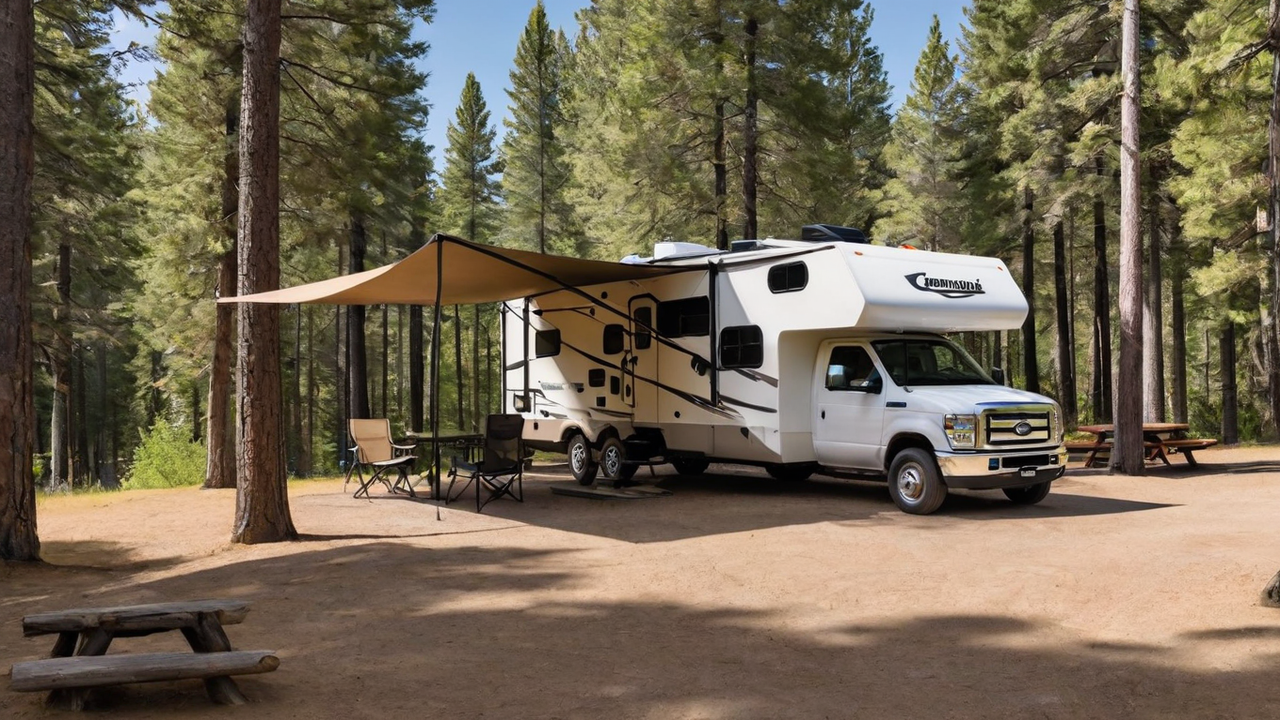Designing the Optimal User's Interface: Designing Guidelines for Campground Programs
Designing the Optimal User's Interface: Designing Guidelines for Campground Programs
Blog Article

Comprehending Your Users
Understanding who the target users is vital in creating an efficient user's interface. It is important to take into account their necessities, preferences, and technology savviness. Such knowledge leads the designing decision, guaranteeing that the program is accessible and intuitive.
Knowing your users also implies recognizing the obstacles and how they intend to use your campground software. It enables designers to customize features and capabilities that meet specific needs, therefore making the application not only useful but also essential.
Simplifying the Navigation
Streamlining the navigation system is a key element of user interface design. An straightforward menu system ensures visitors can easily locate what they're looking for, minimizing frustration and enhancing user satisfaction. It's about making the journey inside the app as seamless as possible.
Moreover, a well-designed navigation leads users throughout the application, emphasizing features and capabilities that they otherwise miss. This an strategy not only boosts usability but also promotes deeper engagement with the campground software's full range of features.
Integrating High Quality Graphics
Graphics play an vital role in designing an appealing UI. They aid in breaking up text and can convey functions more efficiently than words alone. Selecting the appropriate images, symbols, and color schemes can improve the overall aesthetic of the application, making it more attractive to the eye.
Moreover, a consistent visual style is for creating a strong brand identity and trust amongst your users. Each element must be in alignment with the brand’s principles and the message of your application, creating a seamless user experience that is both polished and welcoming.
Enhancing the Responsiveness
In today’s online world, people demand campground software to be fully responsive on every devices, from desktops to mobile phones. An responsive design guarantees that no matter of what device size, your application delivers an optimal user experience. It not only improves usability but also caters to your users’ mobile lifestyle.
Moreover, enhancing your software’s responsiveness can also lead in improved speed, minimizing the loading time and preventing frustration. Visitors value a speedy and efficient experience when accessing camping applications, and this makes performance a crucial element in satisfaction levels.
Enhancing the Search
Finding data swiftly is fundamental in any kind of software, especially in campground management. Optimizing your search feature permits users to easily locate exactly what they're searching for, which in turn boosts user experience and efficiency. By incorporating intelligent search features, you can decrease user frustration and increase overall satisfaction.
Additionally, sophisticated search features such as filters and tags can help in narrowing down results, making the search process more effective. Introducing these functionalities demonstrates an understanding of the users' needs and a commitment to making the user’s interaction with your campground system as seamless and effective as possible.
Focusing on Security
Security is a top priority when it comes to designing campground software. Users want to be secure when providing their private data. Guaranteeing tight security protocols not only secures the data but also builds trust between the user and the brand.
Beyond basic security features like passwords and encryption, consider adding additional security measures such as two-factor authentication or biometric verification. These features provide an extra layer of security, ensuring that user data is kept safe from unauthorized access.
Leveraging Feedback
Listening to feedback is crucial for continuous enhancement of any campground software. It allows developers to grasp what works, what doesn’t, and how the software can be improved to meet user needs. This type of feedback builds a partnership between your customers and your development team, which makes them feel like they are part of the product's journey.
Incorporating this feedback into account can result in noticeable enhancements in UI design and overall user experience. Implementing changes based on actual input proves that your brand listens to its customers and is committed to providing a top-notch product.
Maintaining the Simplicity
In the realm of UI design, the principle of simplicity is golden. A overly complicated interface can confuse the users, resulting in an unpleasant user experience. Simplicity, on the hand, helps your software more intuitive and user-friendly. It encourages greater user engagement and satisfaction.
Additionally, keeping simplicity should extend to the software’s content and functionality. Avoiding unneeded features that don’t contribute real value can help ensure that your interface remains clean and focuses on meeting the essential needs of your end-users. By doing so, you create a more effective UX that appeals with discover your target audience.
Report this page